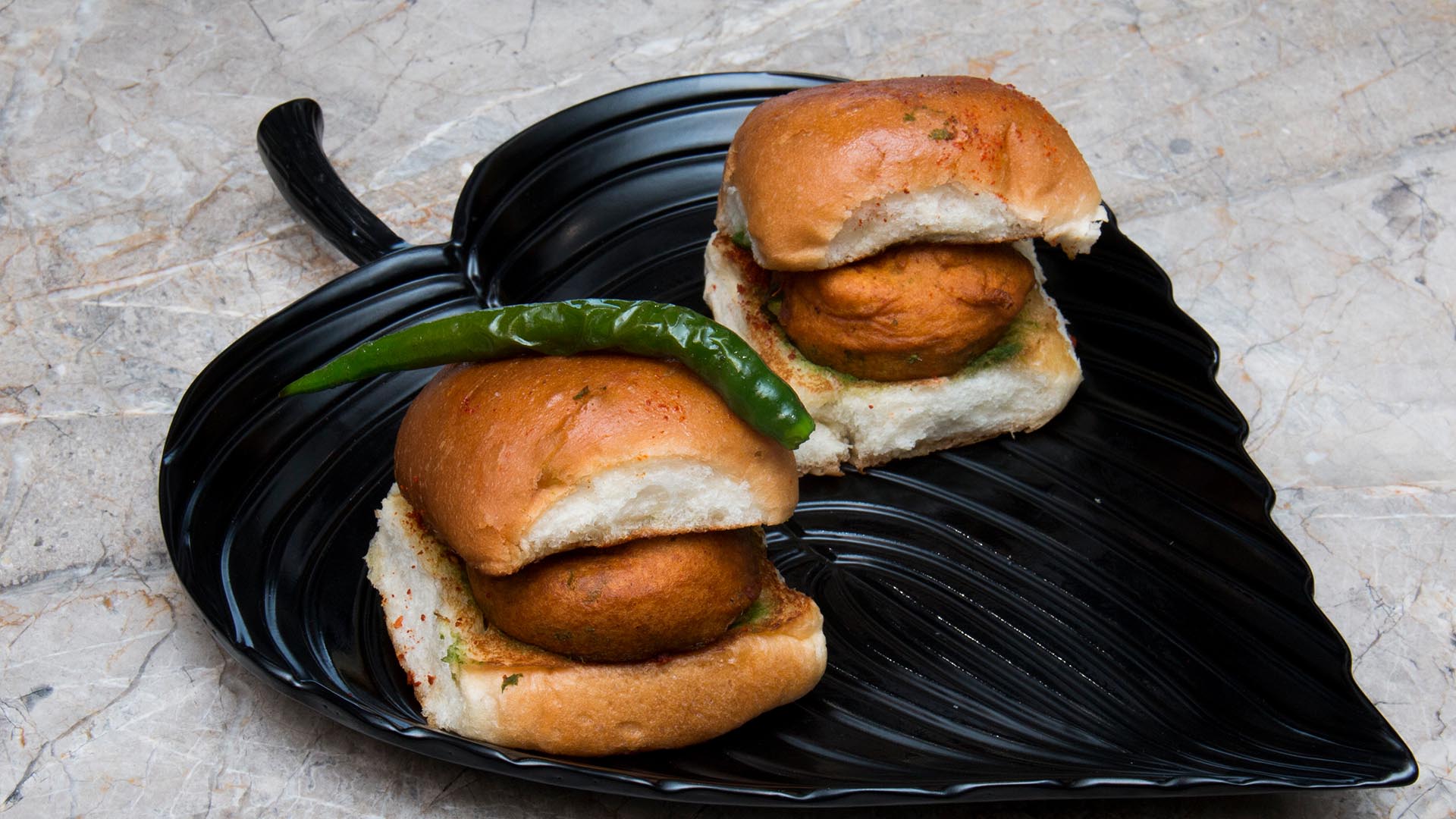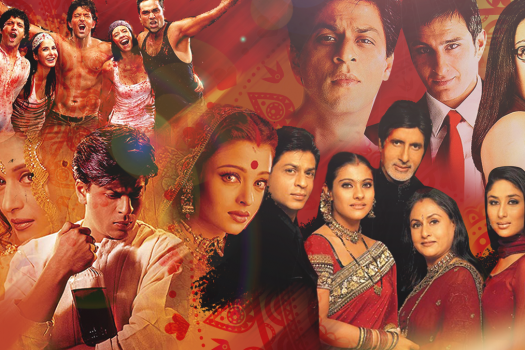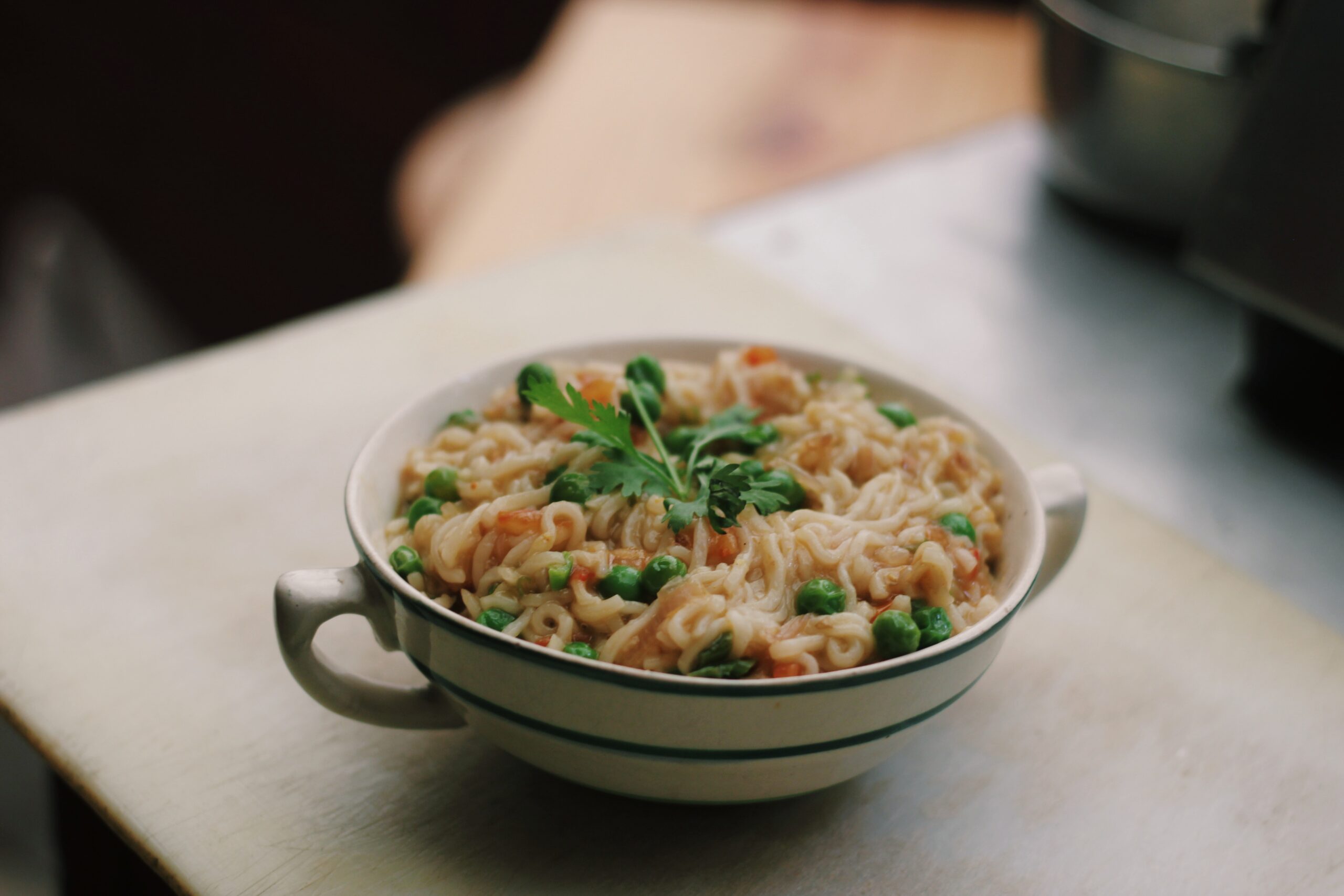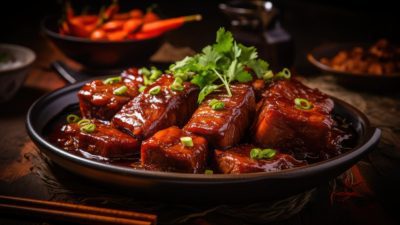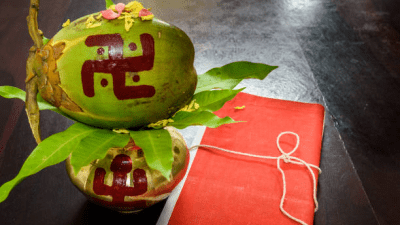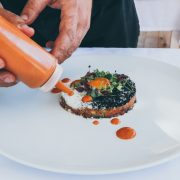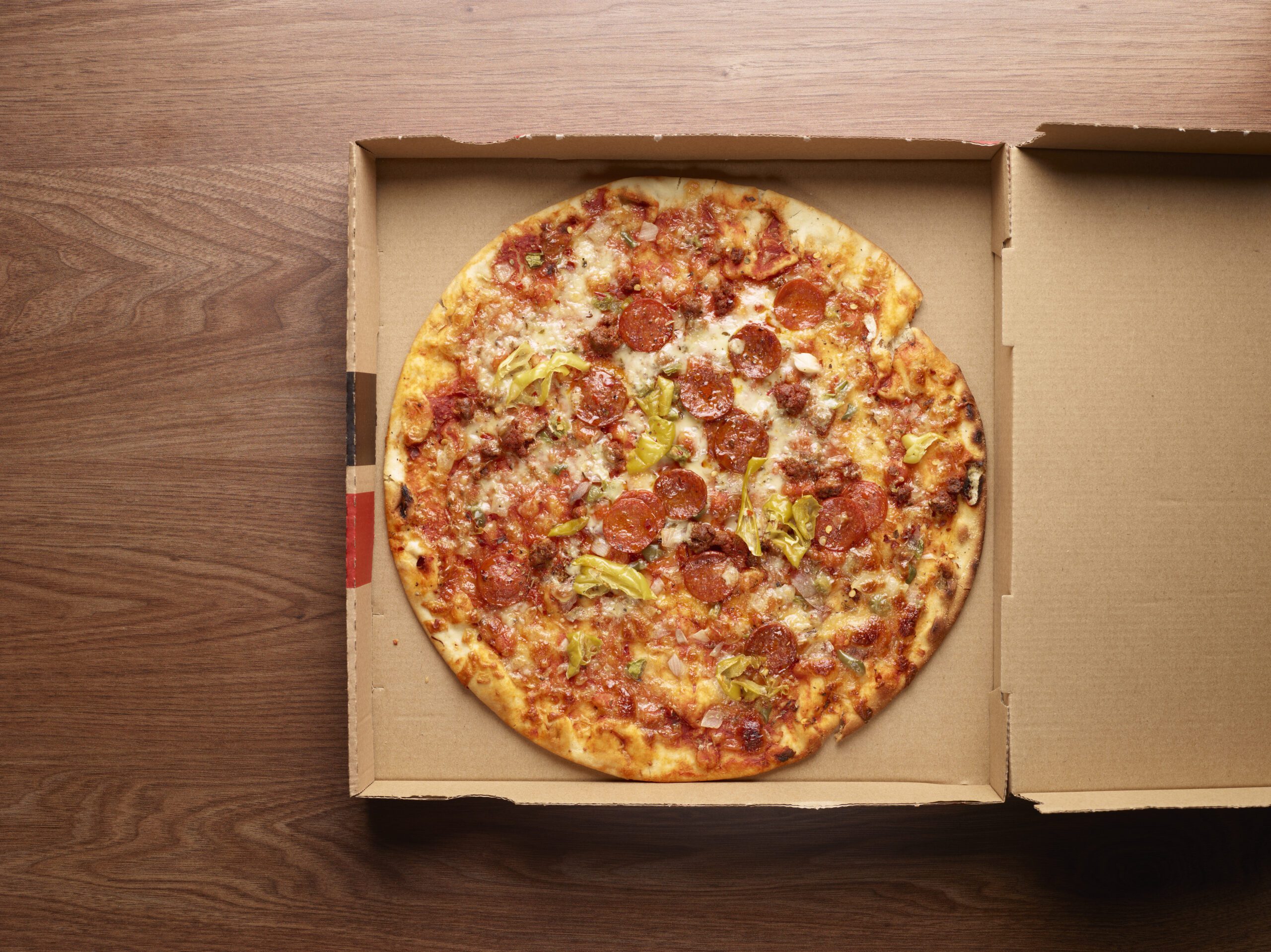If you’re craving some of Mumbai’s best street food, then Pav Bhaji is definitely on the menu. This dish is a popular vegetarian dish that features an assortment of vegetables cooked in a flavorful tomato-based gravy and served with soft, buttered pav (bread). While it may sound complicated, this dish is quite simple and can be easily made at home with just a few ingredients.
Here’s how you can make your own Mumbai style Pav Bhaji recipe at home:
Ingredients:
1 tablespoon oil 1 onion, finely chopped 1 teaspoon cumin seeds 2 cloves garlic, minced 1 green chilli, finely sliced 1 teaspoon pav bhaji masala powder 2 cups boiled mashed potatoes 2 cups cooked mixed vegetables ( carrot, peas, beans) 3 tablespoons tomato paste Salt to taste Butter for serving
Instructions:
Heat the oil in a large saucepan over medium heat. Add the onions and fry until golden brown. Add the cumin seeds and fry for another minute until fragrant. Then add the garlic and green chilli and fry for another minute. Add the pav bhaji masala powder and fry for another minute until well combined. Finally, add the mashed potatoes, mixed vegetables, tomato paste, and salt to taste—Cook for 5 minutes or until heated through. Serve with butter on top.
Variations of Pav Bhaji
Now that you know how to make a basic Mumbai style Pav Bhaji recipe, here are a few variations that you can try out:
1. Paneer pav bhaji: This version of the dish includes crumbled paneer (Indian cottage cheese) in the gravy for an extra dose of protein.
2. Cheese pav bhaji: Another popular variation, this dish is made by adding grated cheese to the gravy.
3. Jain pav bhaji: For a Jain-friendly dish version, omit the onion and garlic from the recipe.
What is different about Mumbai Style Pav Bhaji?
Mumbai style Pav Bhaji is a popular vegetarian dish that features an assortment of vegetables cooked in a flavorful tomato-based gravy and served with soft, buttered pav (bread). While it may sound complicated to make, this dish is quite simple and can be easily made at home with just a few ingredients. The main difference between Mumbai style Pav Bhaji and other similar dishes is the addition of pav bhaji masala powder, which gives the dish its signature flavour.
Pav Bhaji originated in Maharashtra, India, in the 19th century. It was created as a quick and easy meal for the working-class people who did not have time to cook a full meal. The dish quickly gained popularity and soon spread to other parts of India and eventually to other countries. Today, there are many variations of Pav Bhaji recipes depending on the region or country where it is being made.
Some social media trends of pav bhaji
Pav bhaji is a popular Indian street food dish that consists of soft, fluffy buns (pav) served with spiced vegetable curry (bhaji). It is often garnished with Butter, coriander leaves, and lemon juice.
Pav bhaji is believed to have originated in the city of Mumbai in the mid-19th century. The dish was created as a quick and easy meal for busy workers in the city. It quickly became popular among all social classes and spread to other parts of India and abroad.
Today, pav bhaji is enjoyed by people of all ages and from all walks of life. It can be found on the menus of high-end restaurants as well as roadside stalls. This popularity has led to many variations of the dish being created, each with its own unique twist.
Other bread options with pav bhaji
A few different types of bread can be used as an alternative to traditional pav bhaji bread. These include roti, naan, and paratha. Each of these options has its own unique flavour and texture that can perfectly complement pav bhaji’s flavours.
Roti is a type of Indian flatbread that is made from whole wheat flour. It has a slightly chewy texture and a nutty flavour that goes well with pav bhaji’s spicy curry flavours. Naan is another type of Indian flatbread, but it is made with white flour instead of wheat flour. It has a soft, fluffy texture and a subtle sweetness that helps to balance out the spice in pav bhaji. Paratha is also made with white flour, but it contains layers of oiled dough that make it flaky and crispy. This bread can add some much-needed crunch to your pav bhaji dish.
Wrapping up
There are many regional variations of pav bhaji found throughout India. In some parts of the country, the dish is known as “pau bhaji” or “pao bhaji.”. No matter what it’s called, pav bhaji will satisfy you.
Whether you’re looking for a quick bite to eat or a hearty meal, pav bhaji is sure to hit the spot. So next time you’re in India (or even if you’re craving some good Indian food), make sure to give this delicious dish a try!
